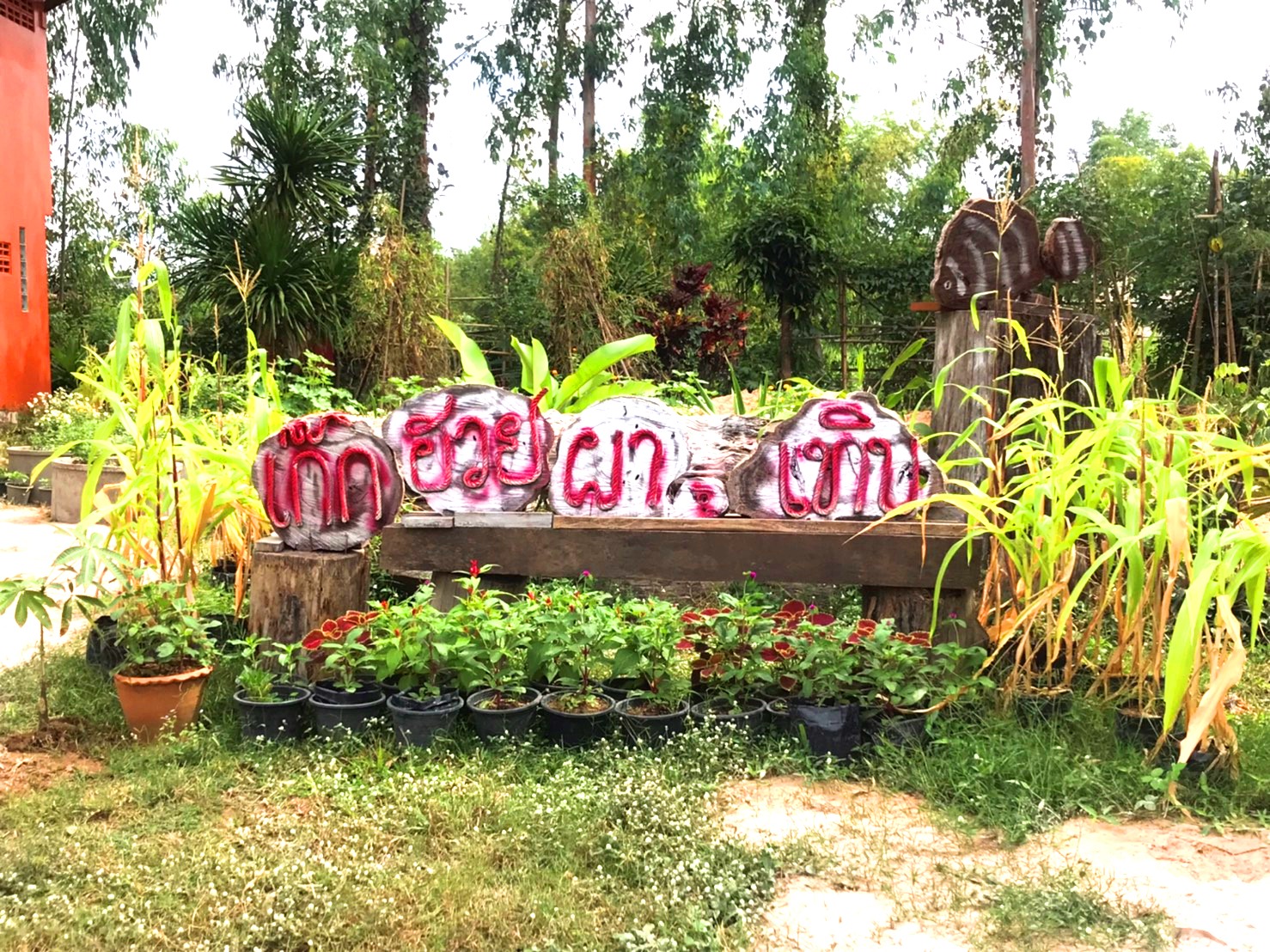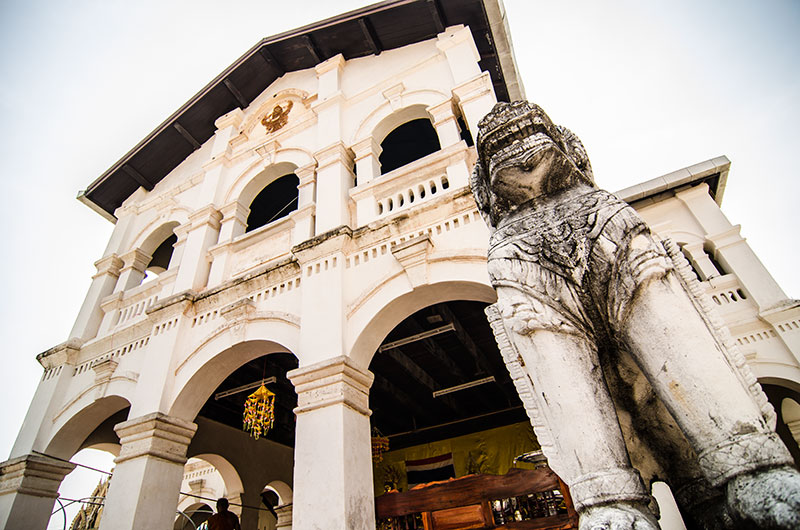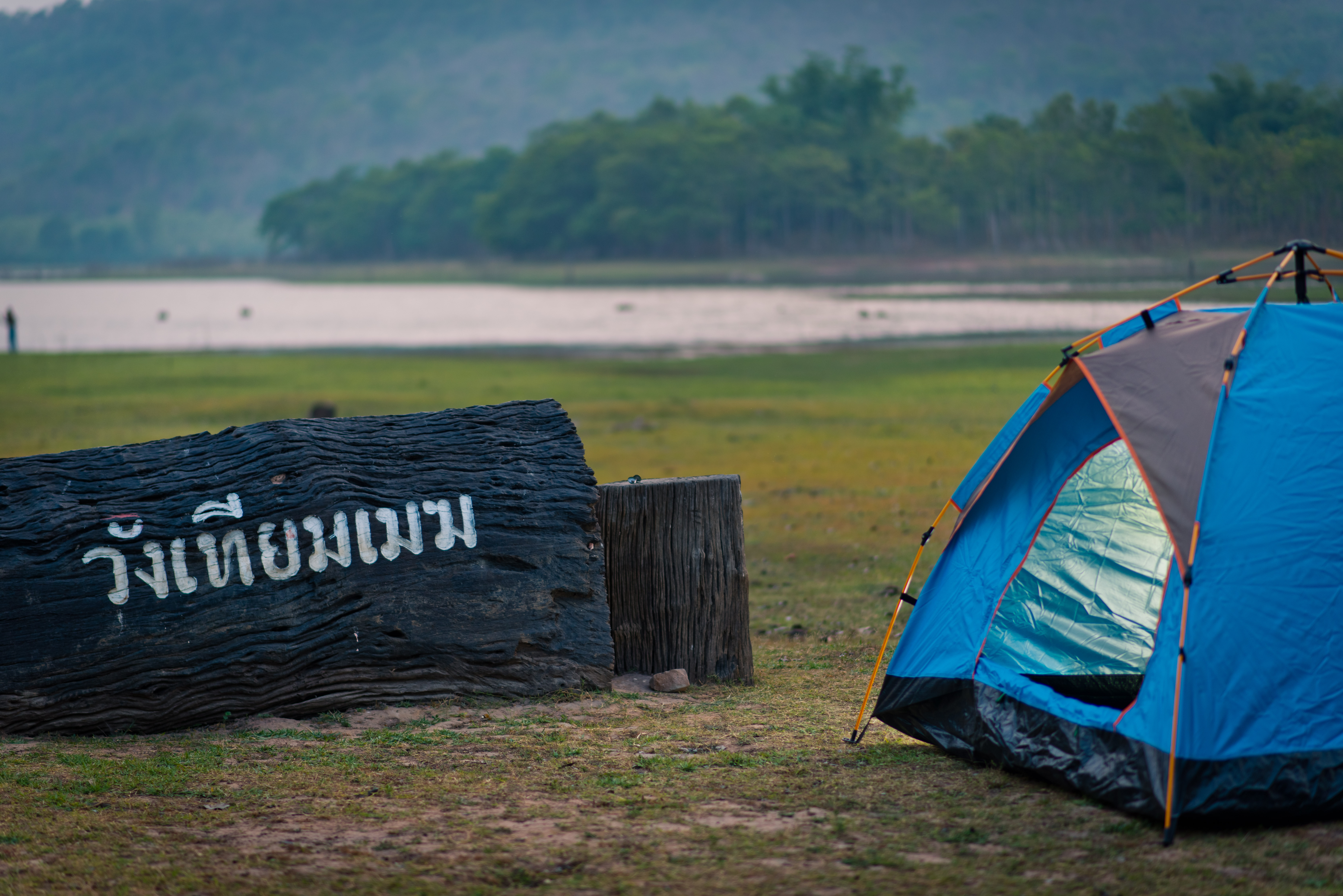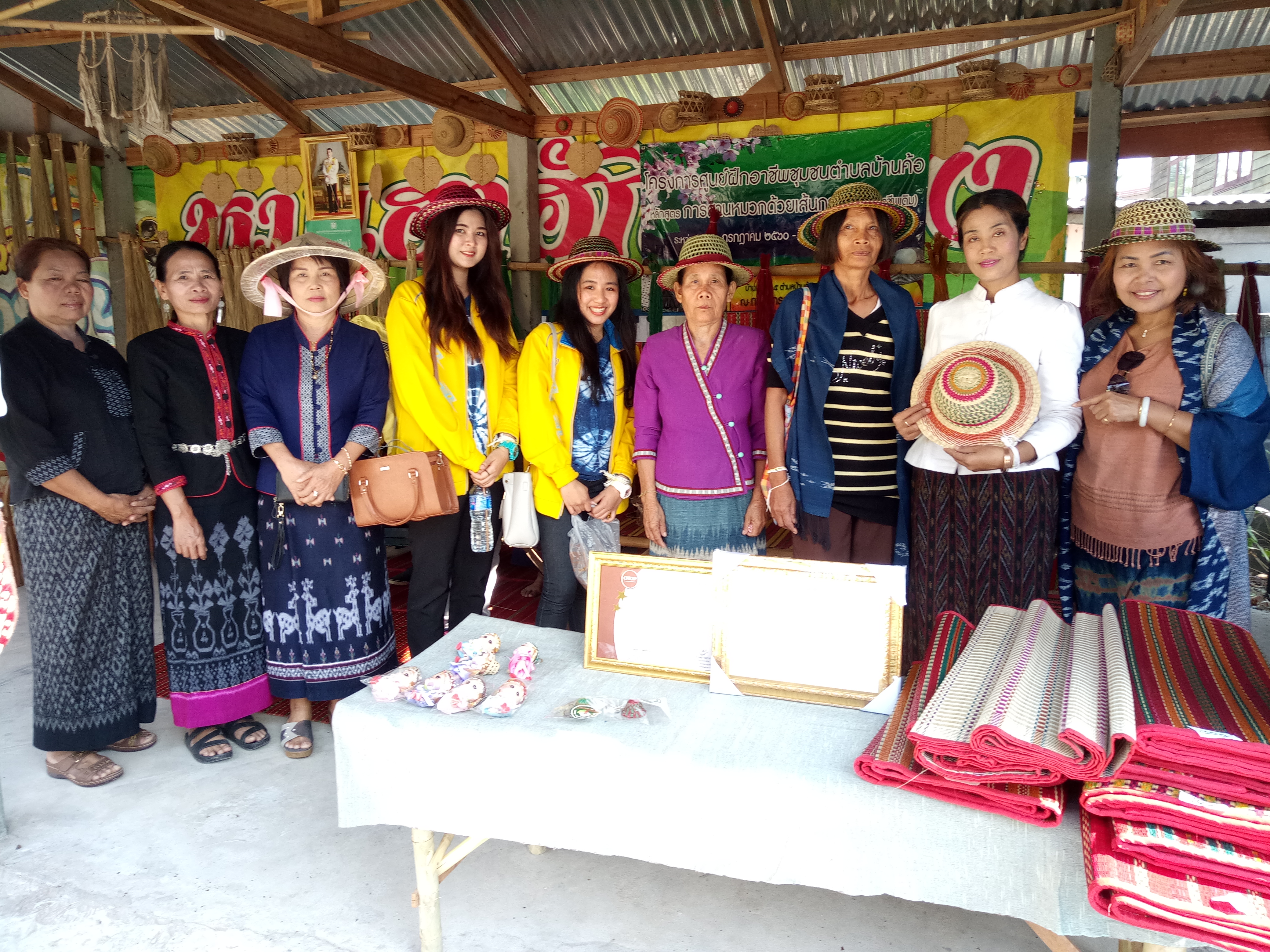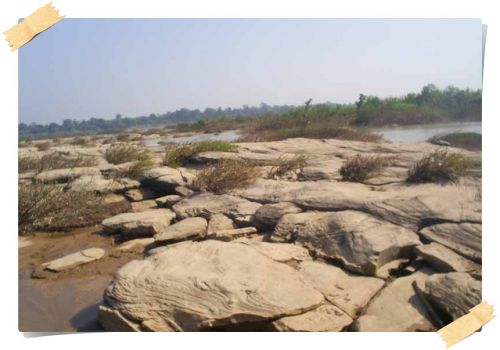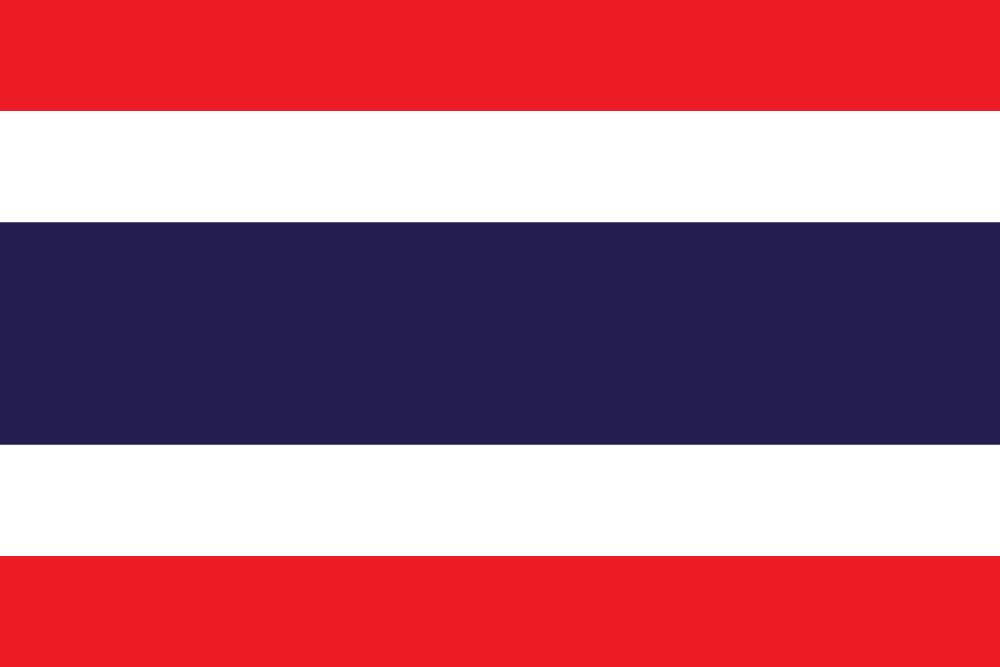 Phu Pha Thoep National Park
Phu Pha Thoep National Park
148 view · 21 Feb 2024
#Thailand#Mukdahan#Mueang Mukdahan#Attraction
Phu Pha Thoep National Park is the 59th national park in Thailand, with an area of 48.5 square kilometers covering Mueang Mukdahan District and Don Tan District. It is a sandstone mountain consisting of several undulating large and small mountains, it is at the tip of the Phu Phan Mountain Range. These mountain ranges are approximately 4 kilometers from the Mekong's shores. Within the park, Phu Pha Thoep consists of Phu Mak Yang, Phu Mano, Phu Prong, Phu Rang, Phu Chom Nang, Phu Mak Mee, Phu Pha Thoep, Phu Nang Hong, Phu Tham Phra, Phu Lak Se. The highest peak is at Phu Chom Si which is 170-420 meters above sea level. Most of the forests are deciduous forests and mixed forests. It is also the source of many streams such as Huai Ta Luek, Huai Sing, Huai Ruea, Huai Ma Le, and Huai Chang Chon. At the foot of the hills, there are bamboo forests. Most areas are high cliffs and a wide stone courtyard with many strange-shaped rocks.
Hin Thoep stone formation from the past to the present is a natural sculpture formed by the erosion of rain, water, wind, and sunlight over 120-95 million years. The rock formations are different. They look like jet planes, UFOs, Chinese-style roofs, crowns, crocodile heads, and conches. The durable rock layers are due to the different cementation of sands. The upper sandstone with brownstone texture is more durable because it contains a lot of silica and grit. The lower sandstone with the rock white is not strong because it consists of carbonates. Hin Thoep group consists of sedimentary rocks of Sao Khua group and Phu Phan group of Korat group. There was a hierarchy of rocks in the Mesozoic era consisting of mudstone, sandstone, siltstone, and gravel with a thickness of about 200 meters.
Lan Muchalin is a stone courtyard connecting with Hin Thoep stone, surrounded by beautiful forests harmonious with nature. There are many different plants such as Gardena Collinsiae Craib, Rex Begonia Vine, Tummy-wood, etc. The highlight of this place that you should not overlook is a group of grass flowers such as Bladderwort, Sundew, and other local flowers such as Nao Duen Ha, Dao Ruam Duang, and Dusita. The flowers fully bloom during October-December of every year. From this courtyard, you can also see the view of the Mekong River.
Wang Duean Ha Waterfall. It is a small waterfall caused by a stream that flows through the stone courtyard with a basin storing water for the plants and wildlife. The waterfall consists of rocks in different shapes. Most tourists always come to relax and see charming scenery.
Pha Oot, there is a stone sculpture shaped like a desert camel and is a beautiful viewpoint. Visitors can see Phu Tham Phra, Pha Phak Wan, and Pha Khee Moo from the cliff. Beneath this cliff is a vast valley covered with verdant forests.
Phu Tham Phra. According to the legend of this tourist attraction, there used to be a Khmer village. Later that, they relocated to escape natural disasters. Therefore, they kept the Buddha images that they worshiped in this cave. The Buddha images were made from silver, copper, gold, jade, plant, and wood. The valuable Buddha images have been lost. There are only the Buddha images carved in wood that remain. There is also a beautiful waterfall here, "Phu Tham Phra Waterfall."
Pha Manao is a high cliff with a waterfall flowing down to the bottom, beneficial for the forest resources and wildlife. Visitors can see a view of Hin Thoep and the Mekong River. Beneath the cliff, you will find the beauty of the waterfall, forest, and wildlife. For the origin of the name Pha Manao, Manao means lemon, there were a lot of wild lemon trees in this area, so people call Pha Manao.
Tham Famue Daeng or Red Palm Cave, there are colored paintings inside the cave. Archaeologists assumed that these paintings are at least 5,000 years old and belong to ancient humans. This tourist attraction is at Phu Pha Thoep National Park Protection Unit 1 (Huay Sing), about 8 kilometers from the park office.
In addition, there are also many tourist attractions in Phu Pha Thoep National Park, such as Pha Ngoi and Pha Pu Chao. The recommended visiting seasons of the park are the rainy season from May-September, winter from October-February, and summer from March-May.
Admission fee: Thai adults 20 baht, children 10 baht. Foreigners adults 200 baht, children 100 baht. Service fee for Thai tourists, 50% discount Monday-Friday except for public holidays.

 Routes for place
Routes for place
Other Places...







